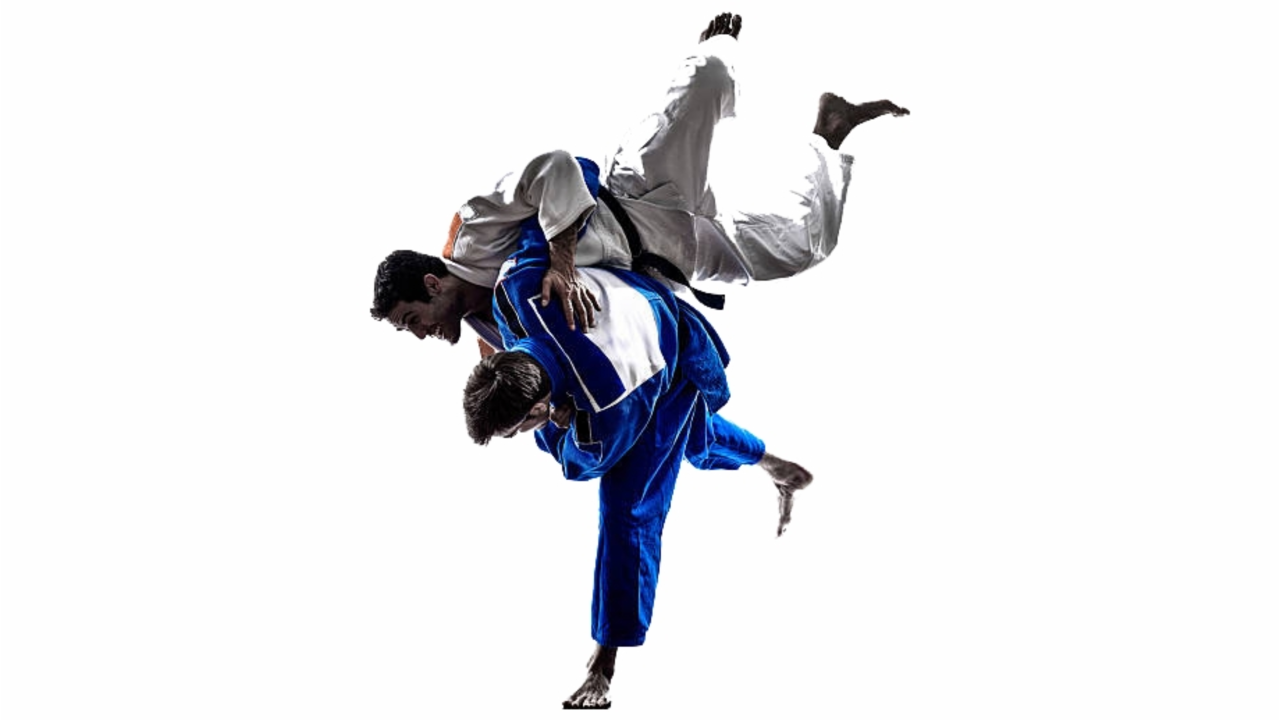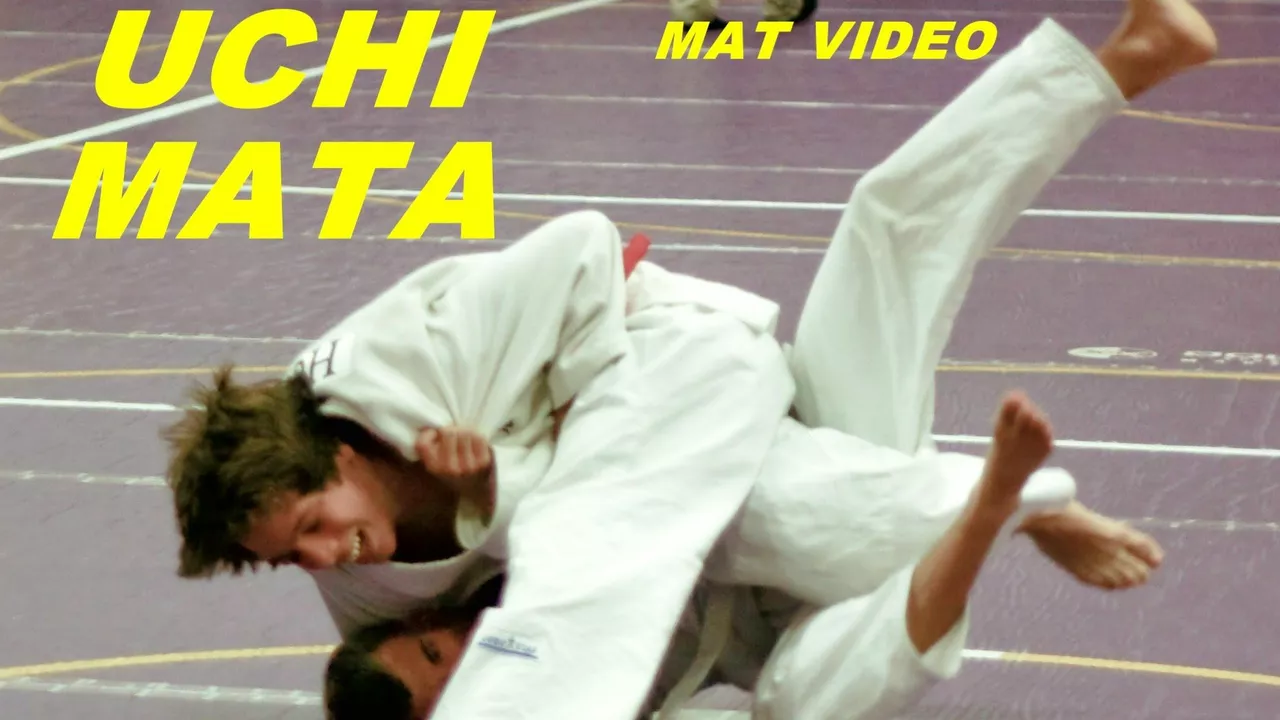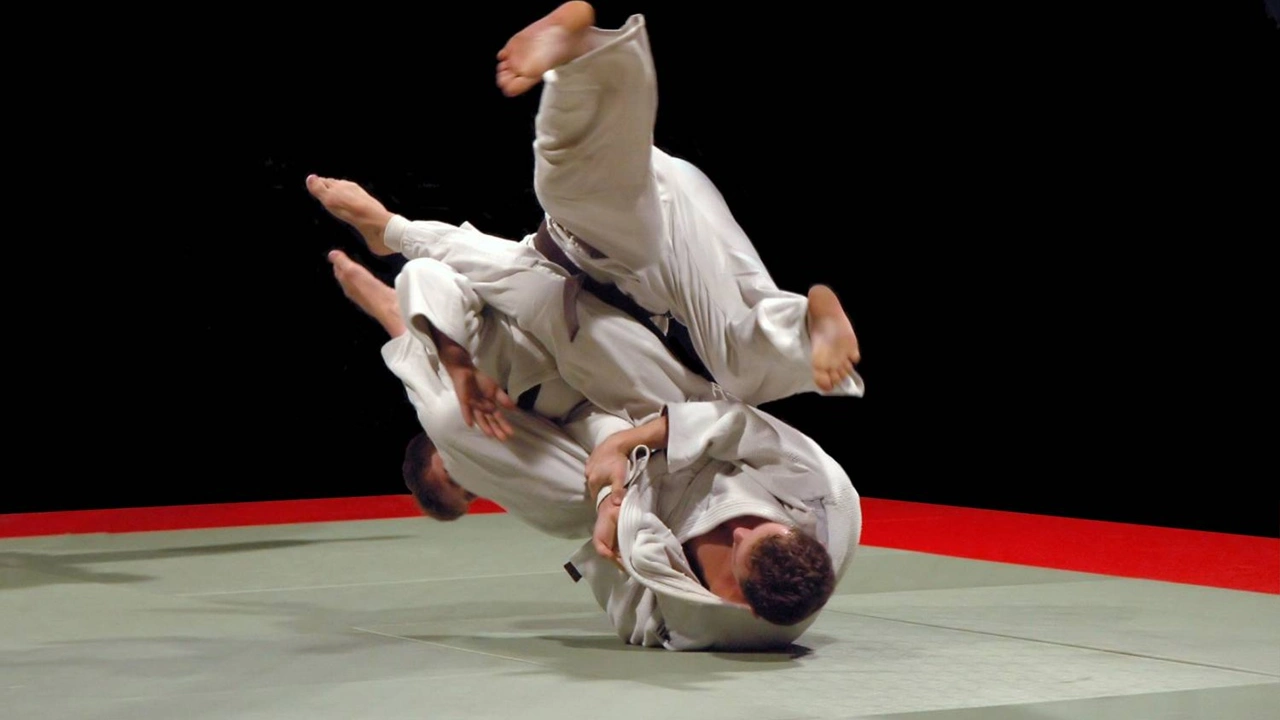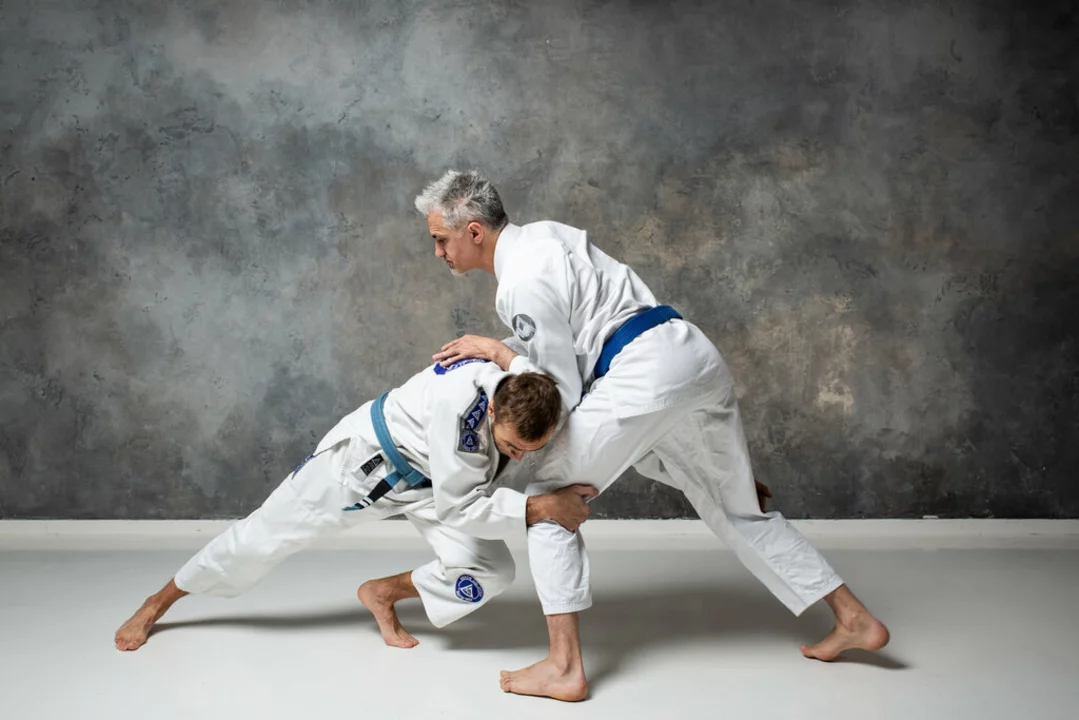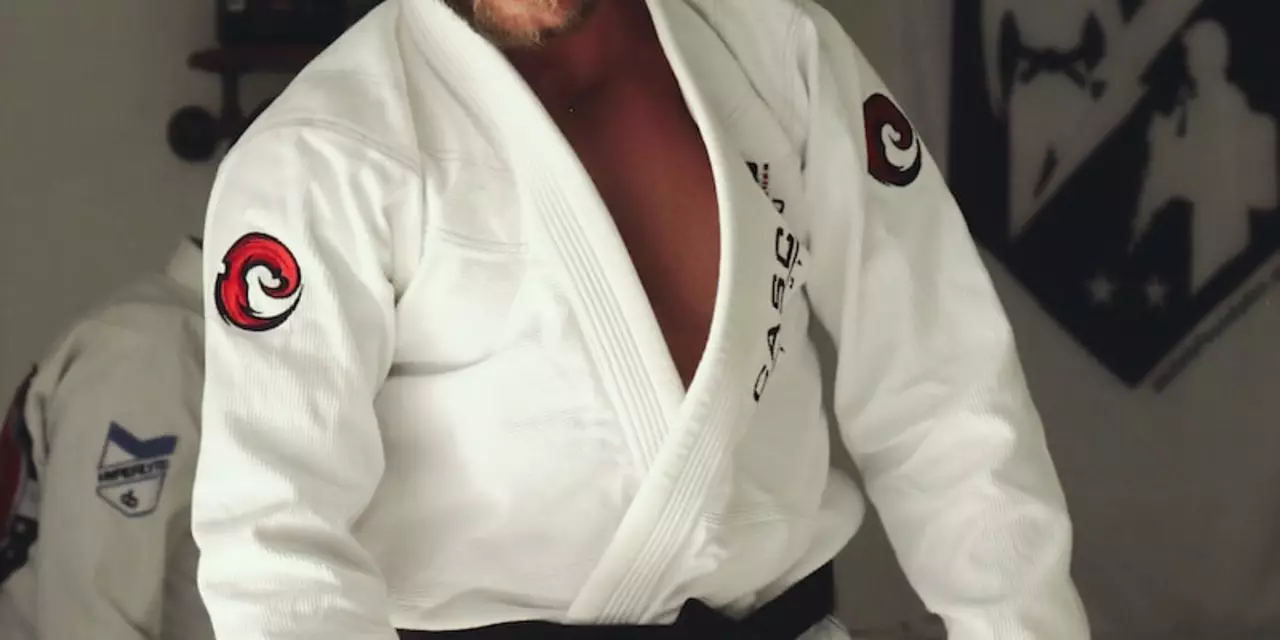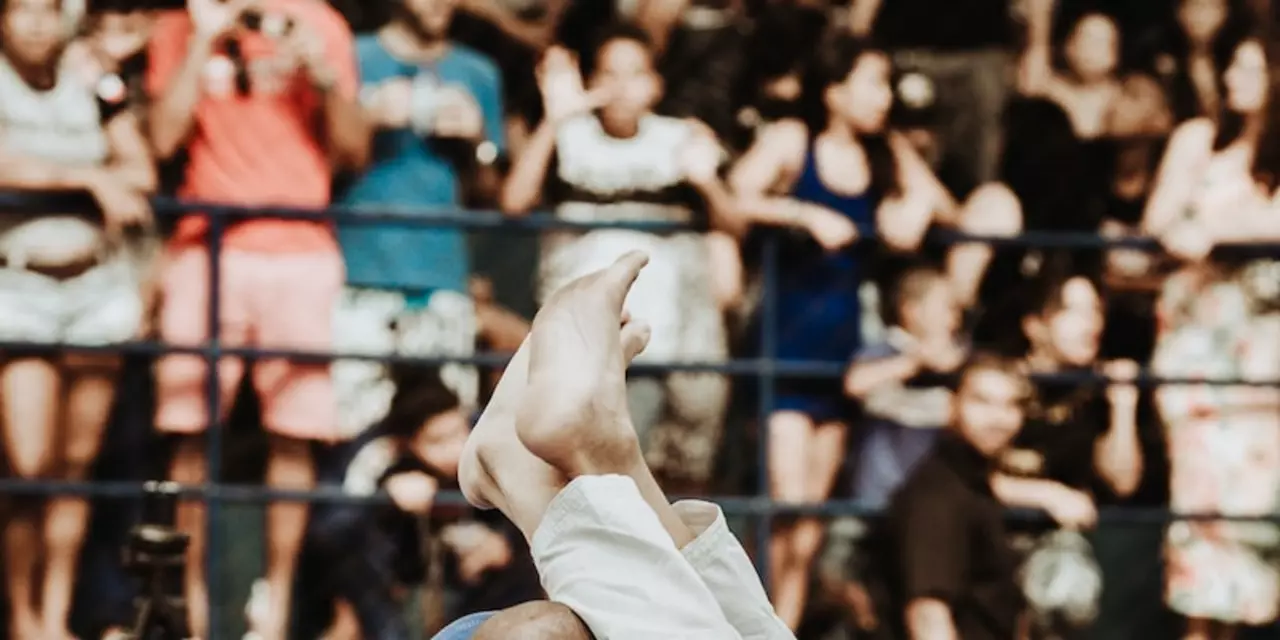Judo – Mastering the Gentle Way
When exploring Judo, a Japanese martial art that emphasizes throws, joint locks, and the principle of using an opponent’s momentum against them. Also known as the gentle way, it blends sport competition with self‑defence philosophy.
The sport’s global stage is the Olympic Games, the quadrennial international event that showcases the highest level of athletic performance across dozens of disciplines. Judo entered the Olympics in 1964 and has since become a staple, influencing training methods, rule changes, and the way athletes approach competition.
One key format that shapes Olympic judo is double elimination, a bracket system where a competitor must lose twice before being removed from medal contention. This structure ensures that a single early loss doesn’t end a judoka’s chance for a podium finish, and it directly leads to the awarding of two bronze medals.
Because of double elimination, the tournament awards bronze medals, third‑place honors given to the winners of two separate repechage brackets. Unlike most sports that hand out a single bronze, judo’s approach rewards both athletes who fought back after a loss, highlighting the sport’s emphasis on perseverance.
Judo sits within the broader family of martial arts, disciplines that combine physical techniques, mental training, and cultural traditions. While karate focuses on striking and aikido on joint manipulation, judo uniquely blends throws, pins, and submissions, making it a versatile choice for both sport and self‑defence.
Why Judo Matters Today
Practitioners often say judo teaches more than techniques; it builds discipline, respect, and problem‑solving skills. The concept of "maximum efficiency, minimum effort" pushes athletes to think strategically, turning a seemingly weaker position into a winning throw. This mindset translates to everyday life, where the ability to adapt and use resources wisely is priceless.
Training halls, called dojos, reflect these values. A typical judo class starts with judo etiquette: bowing to the mat, the sensei, and fellow judoka. Then students warm up with ukemi (break‑fall) drills, learning how to fall safely—an essential skill that prevents injuries during high‑impact throws.
Technical progression in judo follows a clear ladder: from basic nage-waza (throwing techniques) like o‑goshi (hip throw) to advanced ne‑waza (ground techniques) such as sankaku‑jime (triangle choke). Each belt rank marks mastery of a set of techniques, reinforcing the sport’s structured learning path.
Competitive judo also evolves with rule updates from the International Judo Federation (IJF). For instance, changes to leg‑grab restrictions have shifted focus back to traditional throws, affecting how athletes train for the Olympics. These rule tweaks illustrate the dynamic relationship between governing bodies and the sport’s core philosophy.
The double‑elimination system not only creates two bronze‑medal winners but also fosters a repechage round where athletes who lost to a finalist get a second chance. This fairness principle aligns with judo’s ethical foundation: everyone deserves an opportunity to demonstrate their skill, even after a setback.
Beyond the mat, judo influences other fields. Military units adopt judo techniques for close‑quarters combat because throws can neutralize opponents without weapons. Physical therapists use judo’s break‑fall methods to teach safe movement patterns that reduce fall injuries among the elderly.
Community outreach programs often use judo to engage youth. By offering free classes, clubs promote health, confidence, and anti‑bullying messages. The sport’s inclusive nature—welcoming all ages, genders, and abilities—makes it a powerful tool for social development.
For spectators, watching a judo match is a lesson in timing and anticipation. A well‑executed ippon (full point) ends the bout instantly, rewarding precision. Fans learn to read subtle shifts in weight and grip, appreciating the split‑second decisions that define victory.
Looking at past Olympic tournaments, the pattern of two bronze medals emerges repeatedly. In Tokyo 2020, athletes like Clarisse Agbegnenou (France) and Shohei Ono (Japan) showcased the depth of talent spread across weight classes, reinforcing the idea that greatness isn’t limited to gold‑medalists.
The blend of tradition and modern competition keeps judo relevant. Whether you’re a beginner learning how to fall safely or an elite athlete chasing Olympic gold, the sport offers a clear path of growth rooted in respect and efficiency.
Below you’ll find a curated set of articles that dive deeper into these aspects—explaining why judo awards two bronze medals, how the Olympic format shapes competition, and stories that capture the spirit of the gentle way.
Are you allowed to wear a black gi in judo?
Well, folks, grab your black gis and prepare for a surprise! Turns out, you can't actually sport a black gi in judo, as much as it might make you feel like Batman. The traditional judo uniforms are strictly white or blue - no room for any rogue ninjas, unfortunately! So, as much as we'd love to add a dash of midnight mystery to our judo practice, we'll have to stick to the dress code. Better luck next time, dark knight enthusiasts!
What's the most effective martial art, wrestling or judo?
Ladies and gents, let's dive into the hot debate of which martial art takes the cake - wrestling or judo! Now, I can hear the wrestlers flexing their muscles and the judo masters doing a swift uchi mata. But hold on your gi or singlet, this isn't a one-size-fits-all answer. It really boils down to what you're after - wrestling is a dynamite for strength and conditioning, while judo is the Einstein of strategic combat. So, whether you're wanting to Hulk out or become a tactical ninja, both martial arts are winners in their own right.
Should I do boxing or judo?
Deciding between boxing or judo can be a tough choice as both offer unique benefits. Boxing is great if you're looking to improve your speed, endurance, and strength, while also learning self-defense. On the other hand, judo focuses more on balance, coordination, and flexibility, and is a good choice if you're interested in martial arts. It all comes down to your personal preference and fitness goals. Remember, it's always important to enjoy the sport you choose, so try both and see what you like best.
Which is the best striking art to combine with Judo+BJJ?
In my recent exploration of martial arts, I've been curious about the best striking art to complement a Judo and Brazilian Jiu-Jitsu (BJJ) background. After extensive research and discussions with experienced practitioners, I've discovered that Muay Thai is often considered the top choice. This Thai-based martial art is renowned for its powerful strikes, clinch techniques, and adaptability, making it a great addition to the grappling skills of Judo and BJJ. Additionally, the focus on conditioning in Muay Thai helps to improve overall stamina and resilience. Overall, combining Muay Thai with Judo and BJJ presents a well-rounded and highly effective martial arts skillset.
Which is more effective in a fight, Jiu-Jitsu or Judo?
In a recent blog post, I explored the never-ending debate between Jiu-Jitsu and Judo in terms of effectiveness in a fight. After much research and comparison, I found that both martial arts have their unique strengths and weaknesses. Jiu-Jitsu excels in ground fighting and submissions, while Judo focuses more on throws and groundwork. It's crucial to consider personal preferences and fighting styles when choosing one over the other. Ultimately, it's a matter of individual skill and dedication that will determine the effectiveness of either martial art in a fight.
What submissions are legal in judo?
Judo is a martial art that focuses on using the opponent's power and momentum to throw them. Submissions are legal in judo, which are techniques that force the opponent to tap out or submit. These submissions include joint locks, choke holds, and strangle holds. It is important to remember that the goal of judo is to throw the opponent, so submissions should be used sparingly and only when necessary. Submissions are also prohibited if they are dangerous or cause permanent injury. Proper judo technique and etiquette must be followed when using submissions.
What is your favorite judo throw?
Judo is a martial art that originated in Japan. It consists of throwing, grappling, and striking techniques. One of the most popular judo throws is the judo hip throw, also known as the O-soto-gari. This throw involves throwing an opponent to the ground by using their hip as a fulcrum. Other popular throws include the Uchi-mata, Harai-goshi, and Seoi-nage. Each of these throws require skill and precision to be executed properly. Judo practitioners must also understand the principles of balance, leverage, and timing in order to use these throws successfully. Judo is a great way to learn self-defense and have fun.
